5G technology: the complete guide to the tech behind 5G networks
Discover how 5G technology works. From millimeter waves to beamforming and small cells, we reveal how the different parts of 5G technology fit together.
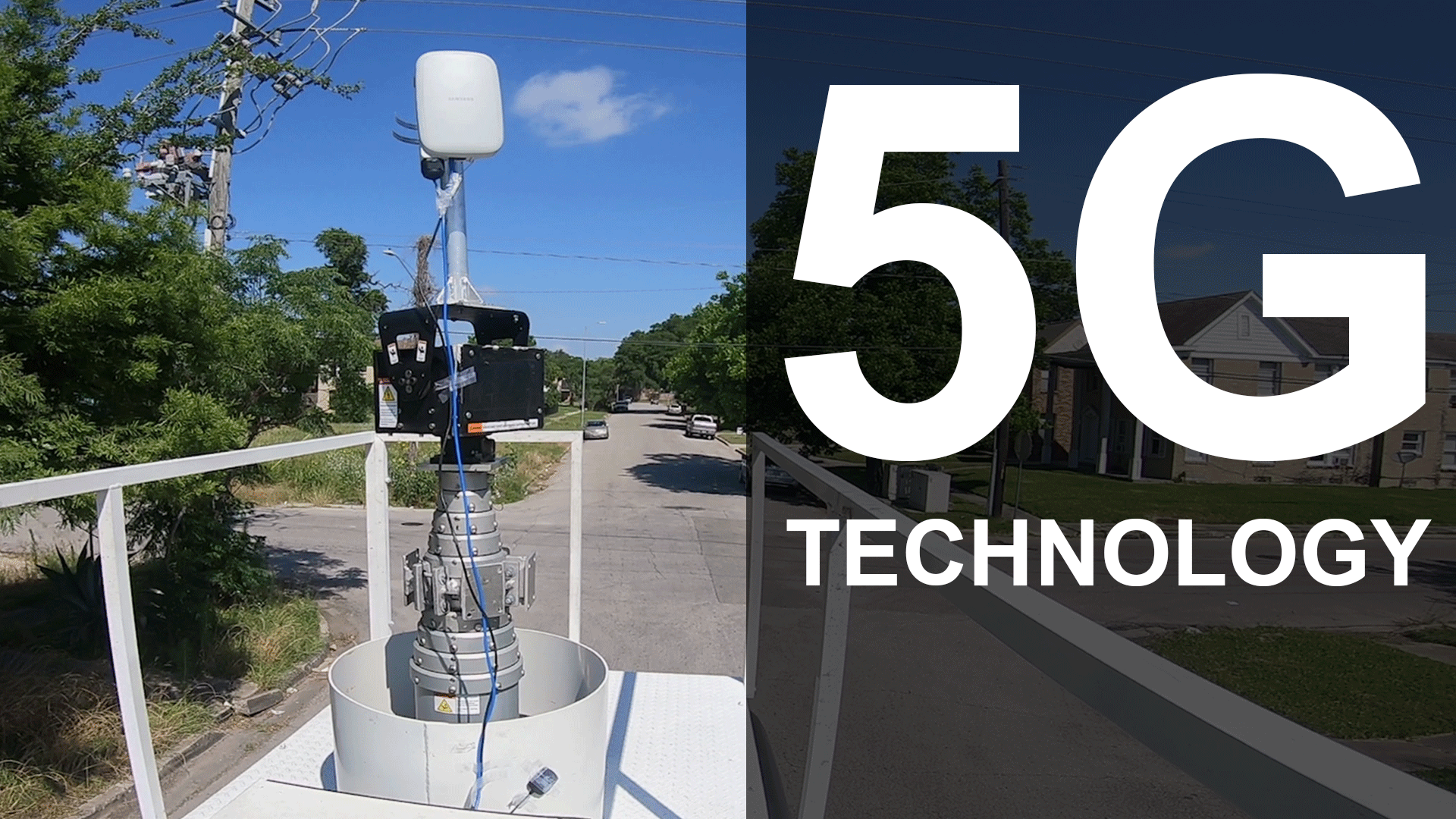
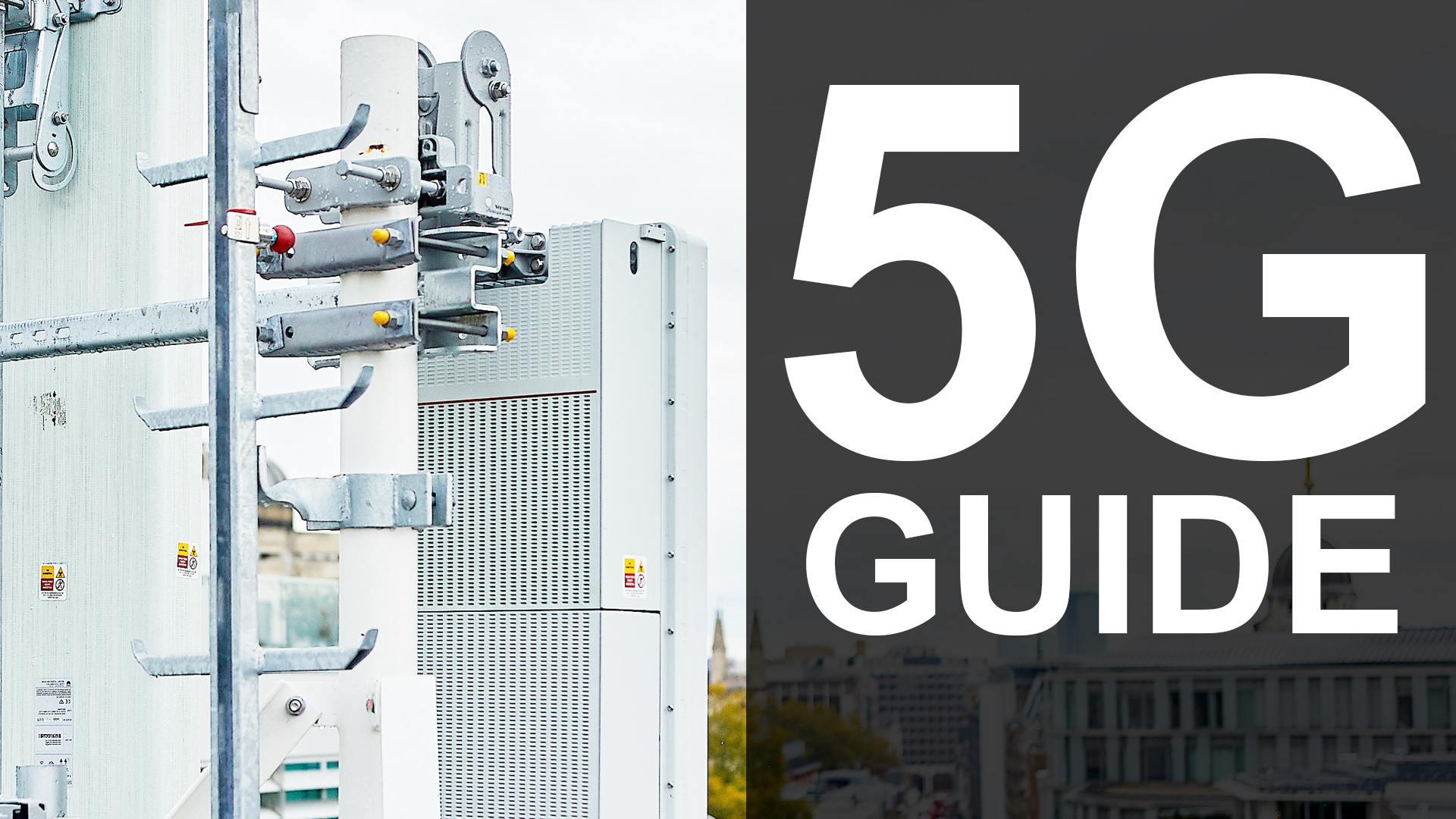
4G vs 5G: how they compare
5G use cases: examples of 5G
5G Dangers: the fact and fiction
5G Internet: will it replace fibre
5G security: the full picture
5G speed: guide and tools
5G deals: get the best offers
5G phones: discover the best
5G networks: in the US and UK
5G stocks: investment tips
5G is a whole new generation of mobile communication. But with that comes a new set of technologies and jargon to go with it. In this feature, we'll explore how the different areas of 5G technology work and how they'll affect how we use our devices on a day-to-day basis both now and in the future.
We'll also explore how 5G brings with it new possibilities for businesses and consumers thanks to vastly reduced latency and vastly increased speeds and capabilities. There's also the opportunity to build a new layer of services that sit on the network, known as 'network slicing'.
What this means is that you could now have thousands of low-power Internet of Things (IoT) devices like security cameras or thermostats connecting to one 'slice', whilst entertainment and streaming services would be delivered by another.
When fully operational, 5G networks will come in a variety of flavours depending on where on the spectrum they lie, the service that each network provider has decided to provide and the technology behind them. One of the best things about 5G is that they are future-proof against future surging demand.
Each of these flavours offers pros and cons when it comes to 5G speed and reliability, and each is reliant on different technologies within the 5G infrastructure.
So let's look at the various types of 5G now.
The main types of 5G technology
The high-end speeds regularly quoted by manufacturers and in the press when talking about 5G – around 1.5Gbps – are commonly referred to as 5G Plus or Total 5G. These speeds are the maximum achievable in real-world scenarios, rather than lab tests, and will come via high frequencies over millimeter wave (mmWave); around the 30GHz plus mark. Most of the US networks are already building mmWave networks that will sit on top of standard 5G offerings. UK networks will move toward this in the future for city deployments - we're likely to see the first mmWave rollouts in Europe at the tail end of 2020.
Standard 5G – often referred to as “sub-6GHz” 5G – describes the types of 5G networks we’ll mostly use on a daily basis. Delivered to complement existing 4G technology and sit in largely the same area of the spectrum, signals will travel in bands that sit below 6GHz, predominantly 3.5GHz and above, and will combine spectrum from multiple operators to boost capacity. Top speeds are lower than those seen under 5G Plus – in tests, these have been shown to reach 490 Mbps compared to 4G speeds of 56Mbps – but coverage is vastly improved. UK networks are rolling this out now, as are some US networks to sit below their 5G Plus mmWave offerings.
Although not one of the top three flavors at the time of writing, industrial 5G - where it is used to power IoT devices on the factory floor, and within the manufacturing space - is going to be huge. But it will rely on mix of standards, including 4G, 5G, and even Wi-Fi services, such as CBRS (3.5 GHz), private LTE, LAA, and Wi-Fi 6, which has a theoretical throughput of 9.6 Gbps.
This flavour refers to 5G services which aren’t technically 5G but are being marketed as such. This means they fall short of the minimum requirements for 5G set by the International Telecommunication Union, but are greater than those offered by Gigabit LTE. AT&T's much-maligned 5GE offering - essentially LTE Advanced - also sits in this space. It can't really be counted as 5G even though it is branded as such.
5G technology and how it works
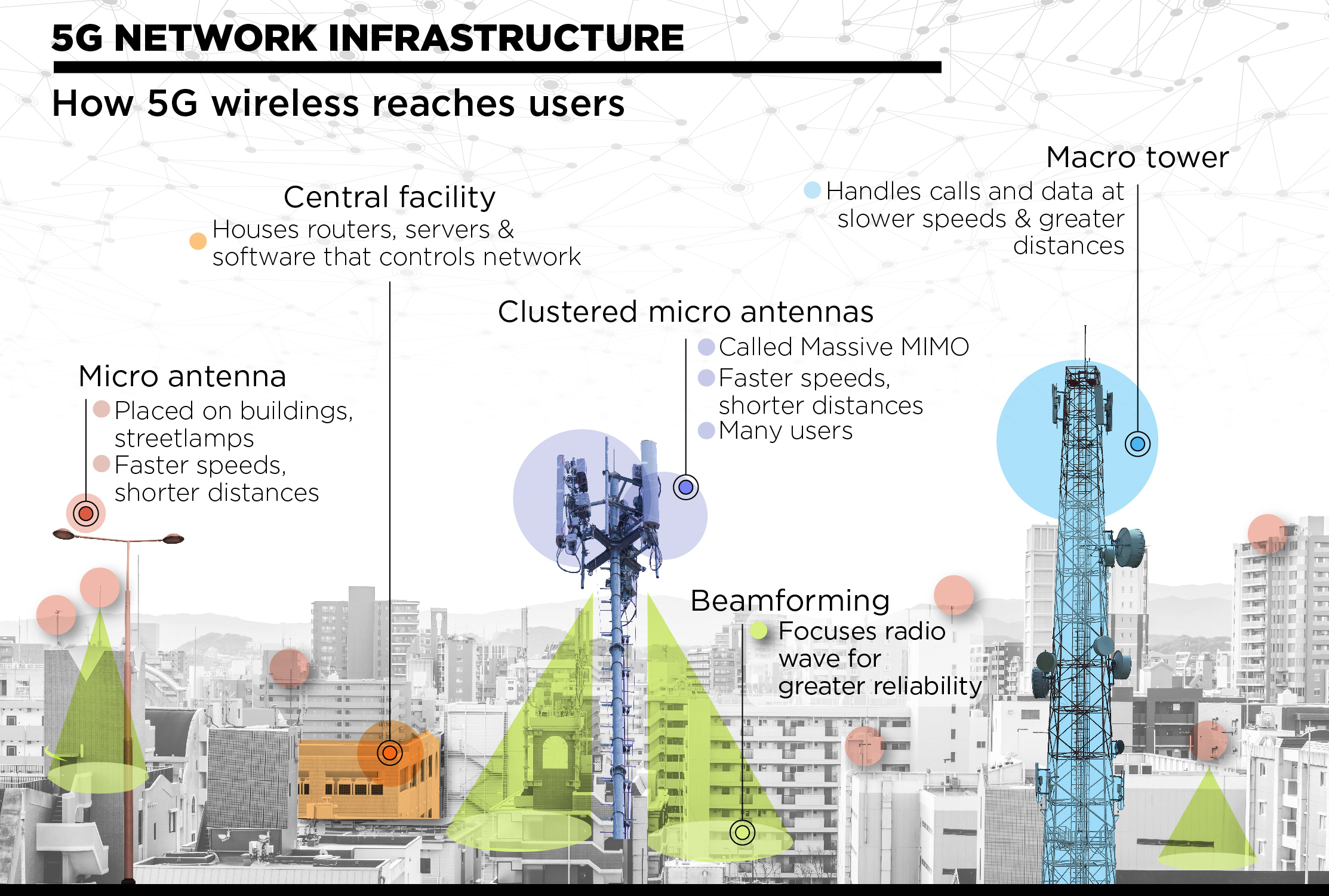
To understand how 5G technology works, it’s worth explaining how it differs from the networks that preceded it. 3G and 4G networks are centralised and they're focused, predominantly, on getting the fastest throughput of data via a base station linked to a device.
Get up to speed with 5G, and discover the latest deals, news, and insight!
To boost speeds, operators combine signals and send data across multiple bands to boost bandwidth, known as carrier aggregation. This focus on speed and latency has historically neglected connection density so when an increasing number of devices came online, the networks weren’t set up to cope.
You see this on current 3G and 4G networks where you're in a full stadium unable to send a simple WhatsApp message or when you're at a mainline station unable to watch a YouTube video. This is one of the many issues with older networks that 5G networks have been designed to solve.
So how do 5G networks differ? Firstly, they operate on higher frequencies. These boost bandwidth but provide less coverage than those further down the spectrum.
Millimeter wave
Building on carrier aggregation improvements made in LTE technology, 5G standards aim to boost speeds by offering more frequency support – up to 40Ghz, pushing into the millimeter wave (mmWave) portion of the spectrum. Previous support extended to 6GHz.
Currently, mmWave is powering many city network rollouts in the US. However, given that at least a couple of the US phone networks - Verizon and T-Mobile - are choosing to rollout low-band networks nationwide, we're a long way from mmWave being used across non-metropolitan areas.
These higher bands have never been used for mobile devices, meaning they’re clear of clutter and are well suited to densely populated areas because they offer higher bandwidth than lower frequencies. Opening up the spectrum will help lighten the load on the more crowded, lower frequencies, in turn freeing up even more bandwidth, boosting speeds further and increasing overall capacity.
The major downside is that these waves carry data over much shorter distances and are blocked by buildings, trees and just about any obstacle they come into contact with. For comparison, 2.5GHz waves are around 12cm in length, 60GHz are just 5mm long. These mmWaves are also easily absorbed by plants and rain so using these frequencies requires the use of another technology called small cells.
Small cell networks
The term small cell is a catch-all that describes mobile base stations used to boost signals in indoor areas, such as shopping centres. Deployment of mmWave technologies over urban areas currently means that there will need to be hundreds or thousands of these small cell antenna to boost network capacity.
Again, that's because mmWave doesn't travel well, blocked by numerous obstacles that get in its way.
That's why the rollout of mmWave is both expensive and it's why the technology with be the preserve of dense urban environments as well as buildings in crowded places such as sports stadiums.
Small cells aren’t new tech. Indeed, the femtocells used in 3G/4G cellular boosters - that work over your home or business broadband - are small cells. One of the best-known of these is Vodafone SureSignal. Using this tech for calling is increasingly being sidelined in favour of Wi-Fi Calling, with more and more handsets now able to route calls over Wi-Fi when cellular signal is poor.
The small cells used in 5G networks get their connection via a macrocell before sending data from one small cell to another in a relay. This helps carry signals over much larger distances.
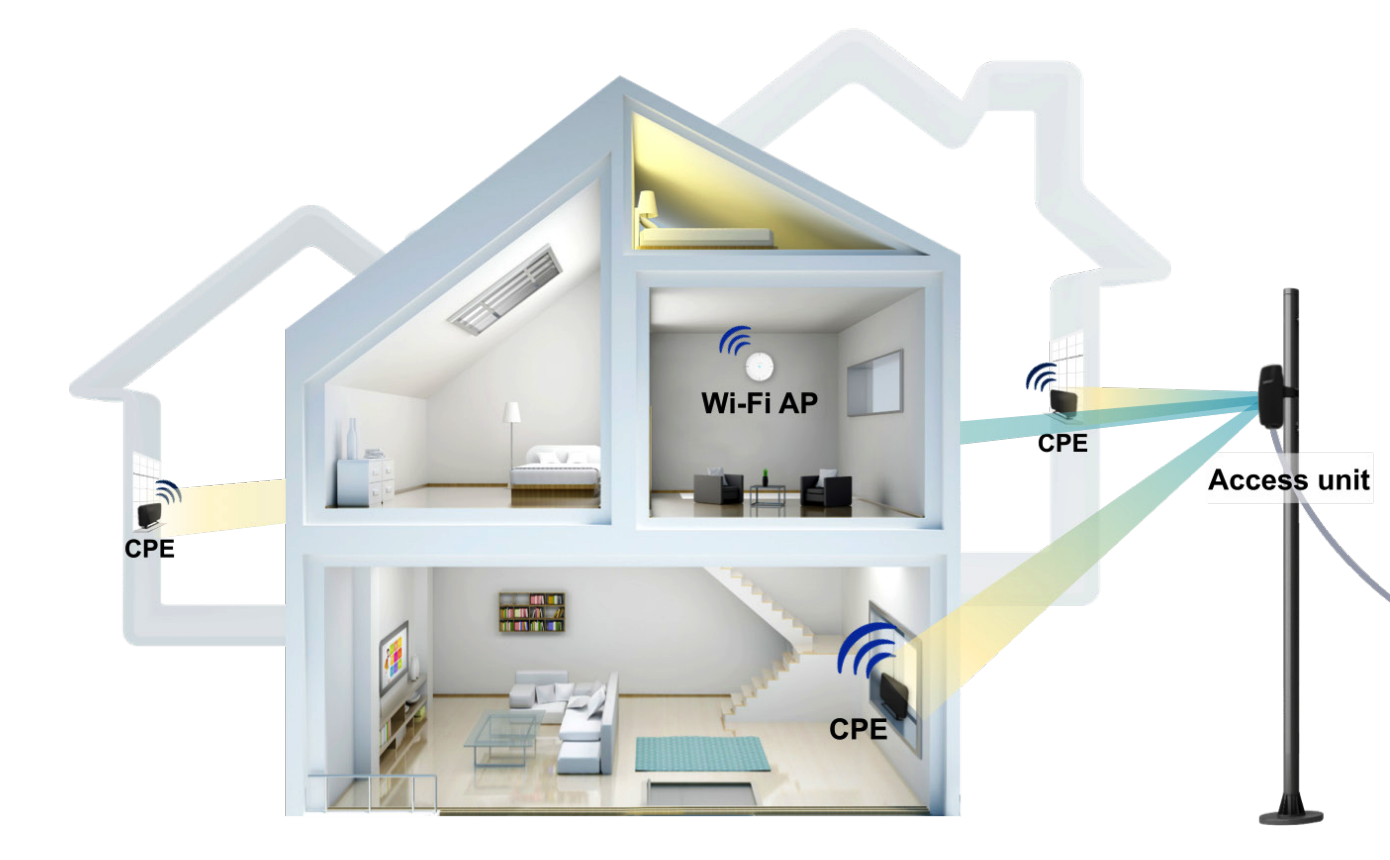
Current 4G systems already use large towers fitted with cell sites that send signals to existing networks of macro and small cells.
For 5G signals sent over mmWave, the number of these small cells will need to increase exponentially and be placed much closer together to move the shorter waves from one site to the next without a user dropping connection or losing speed. One solution, put forward by Samsung, is to fit 5G cells to existing street lights and lampposts.
Brendan O’Reilly, Chief Technology Officer at O2

Brendan O’Reilly, Chief Technology Officer at O2, believes that future proofing and IOT will be key elements in the adoption of 5G.
“I think you have got to take 5G and the benefits in two tranches. The benefits you are gonna get immediately are future proofing, something Samsung has already talked about. Whether that is from a speed point of view, or a device point of view. Also, 5G networks are becoming more secure and more reliable. These are obvious, tangible benefits. I think the benefit for the consumer also comes from how we use standalone 5G and IoT. There are big benefits for business, too, as 5G enables businesses to become more efficient, and deliver services in a more efficient way. Consumers will get those early direct benefits, but will also see indirect benefits that we are currently a few years away from, but which will fundamentally change the way we live and work.”
Getting 5G technology indoors
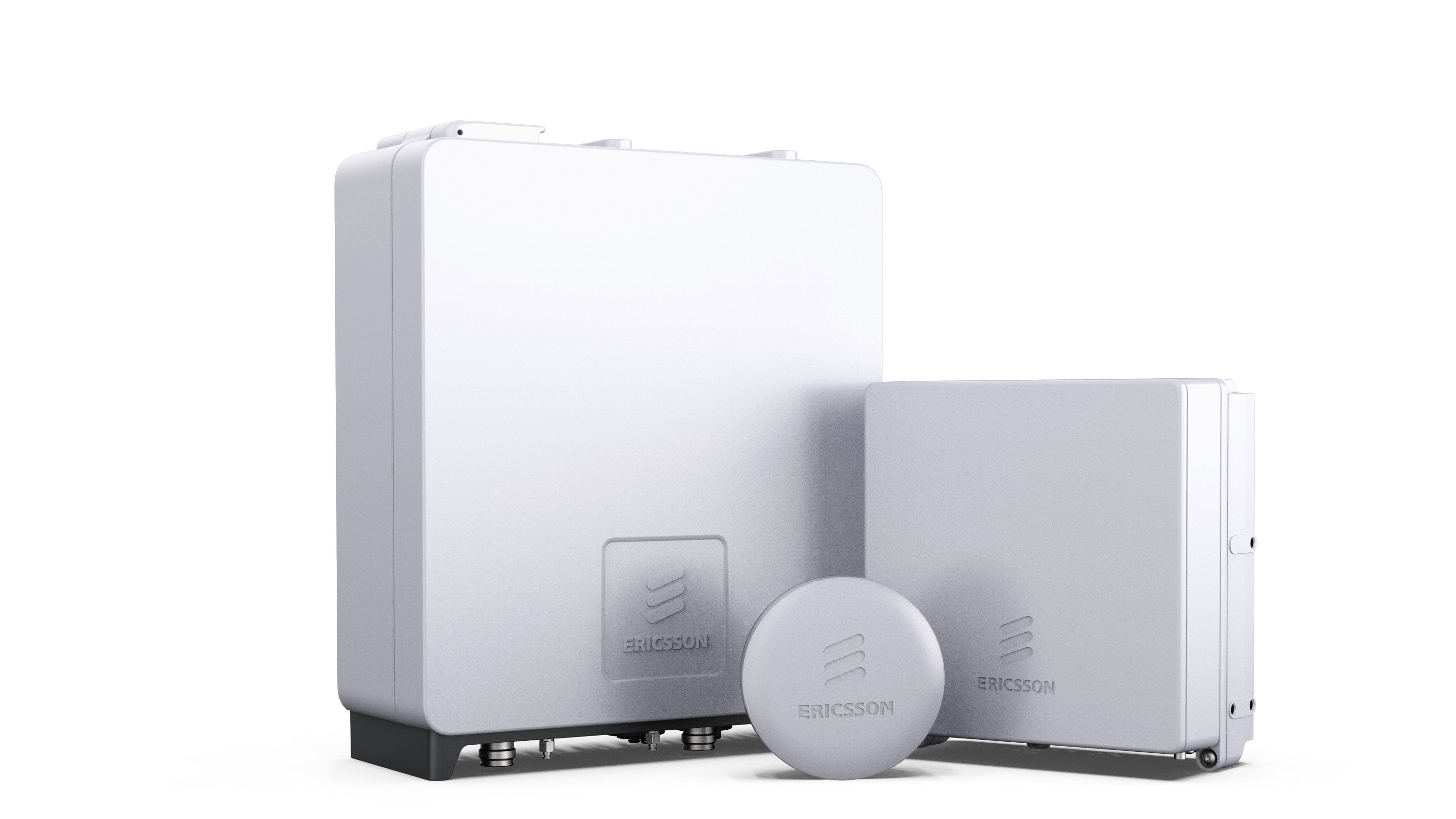
The first consideration is spectrum. Whereas previous generations of mobile connectivity, such as 3G and 4G, were designed the principal aim of improving mobile data services for smartphone users, 5G will enable a significantly wider array of applications and use cases.
Industries such as education, healthcare and manufacturing will all be transformed, while the Industrial Internet of Things (IIoT) will become a reality thanks to ultra-low latency.
Mobile operators are transforming the core layer of their networks to meet the demands of such a diverse range of user groups, but 5G will also use a greater variety of spectrum than its predecessors. Networks will be built using low, mid and high-range spectrum frequencies.
Bands such as the 700MHz will be used to improve coverage over wide areas, while high-level spectrum such as millimetre Wave (mmWave) frequencies will be required for urban areas and bandwidth-hungry applications.
However high-level spectrum has low range and poor propagation qualities that make it a challenge to provide coverage – especially in urban areas. This means indoor coverage will suffer, at least initially.
MIMO and Massive MIMO
The 4G bases themselves will also need to be upgraded to handle the higher number of connections to small cells and end devices. Today’s bases are typically fitted with around 12 antenna ports that broadcast information in every direction at once.
Current transceivers have to take turns if they want to transmit and receive data on the same frequency, or the data has to be moved to another frequency to avoid hold-ups, and this causes congestion.
The solution? MIMO. MIMO stands for Multiple Input, Multiple Output and is a form of antenna that increases efficiency by doubling the number of transmitters and receivers. Perhaps more importantly, MIMO antennas can send and receive signals over the same channel without the need to take turns which increases capacity without sacrificing spectrum.
Massive MIMO antennas and stations take this a step further. They can support in the region of 100 ports, which vastly boosts the capacity of the network. Huawei, ZTE, and Facebook’s Massive MIMO systems have successfully tested up to 128 antennas, although commercial models, such as Ericsson’s AIR 6468, average at around 64 transmitters and 64 receiver antennas.
This significant boost doesn’t come without its challenges, though, and an increase in ports makes the current multi-direction broadcasting used in 4G cell sites unfeasible. There would be too many signals crossing each other which would cause serious interference and negate any of the benefits seen by the increase in capacity. This is where beamforming comes in.
Beamforming
Instead of broadcasting signals in every direction at once, beamforming allows a base station to send a focused stream of data to a specific user or device.
As multiple signals are sent and received via the MIMO antennas, beamforming technology uses advanced signal processing algorithms to determine the best “path” for the radio signal to take to reach the user.
This includes bouncing packets of data off walls to avoid the signals interacting with each other, thus reducing interference and creating more efficient connections.
Beamforming is clever technology because it can adapt to the environment you're in and ensure you get the best signal possible.
Network slicing
Network slicing enables carriers to introduce specific capabilities to different parts of their 5G networks, with each 'slice' optimised for specific needs.
That's due to the massively increased possibilities with 5G networks - so one slice might be for connected cars, another for management of the national grid and so on. The purposes of specific slices is unknown at present and will depend on how 5G networks evolve over the coming years.
The key to this slicing is the ability to offer specific services and options that might be necessary for one part of the market, but expensive and unnecessary to roll out to the whole network. Put most simply, this means that different slices can be allocated different resources, such as capacity. They'll also have different abilities to scale according to demand.
It doesn't only apply to business and enterprise applications - though we suspect use cases from these sectors will become the core beneficiaries of network slicing - something like mobile broadband will most likely have its own slice.
Network slicing is a type of virtual network technology that depends on software rather than pure physical resource. In a way, it's a bit like the partitioning of a hard drive for different purposes, although with a lot more flexibility!
Will 5G technology replace Wi-Fi?
Beyond mobile phone speeds, 5G’s other potential is as a replacement for fixed-line broadband by offering similar speeds without lengthy contracts.
Small 5G cells are akin to Wi-Fi boosters, carrying the signal from your router to dead spots, just on a much larger scale. Beamforming is similarly already used in routers to help direct and control Wi-Fi signals in the home.
This is why each of the UK mobile operators to go live with 5G services in the UK will offer home broadband, Mi-Fi-style products. Currently, Vodafone and Three have launched these services, both using Huawei's 5G CPE Pro router, which Vodafone is marketing as the 5G Gigacube to customers.
Vodafone's 5G broadband is available as part of a bundled services package alongside a 5G phone contract. This bundle is called Vodafone Together. Three UK's rollout - to home addresses mostly - has been taking place in the London area only.
So it's much more likely that 5G broadband will replace fixed-line broadband in some circumstances, but we'll probably still need Wi-Fi in our homes so the 5G router can connect to all our devices - 5G isn't about to replace the connection between your router and tablet or your router and your set-top box or smart speaker.
5G technology and US mobile operators
In the US, all four of the major mobile operators now offer 5G services. AT&T was first, launching its 5G network in 12 locations, expanding more recently to a total of 19. However, at launch it could only be accessed by the 5G Netgear Nighthawk router and the first phone, the Samsung Galaxy S10 5G, only launched for business customers in June.
The Verizon 5G network didn't launch until April but is available on more devices and is live in nine cities from Chicago and Minneapolis to Indianapolis and Phoenix. A total of 30 cities are due to go live by the end of the year, including Boston, Dallas and San Diego. The phones included in the launch include the Samsung Galaxy Note 10 Plus 5G, Samsung Galaxy S10 5G, LG V50 ThinQ 5G and the Moto Z4.
Verizon, like many others, has been focusing on building up fibre to support the 5G service. But it recently announced that it will use Integrated Access Backhaul (IAB) technology to expand its reach, without needing the additional fibre. Instead, Verizon is looking at IAB technology to deliver 5G, and effectively link a tower with fibre running to it, to another tower that doesn’t, and all via wireless. (Read the full story here.)
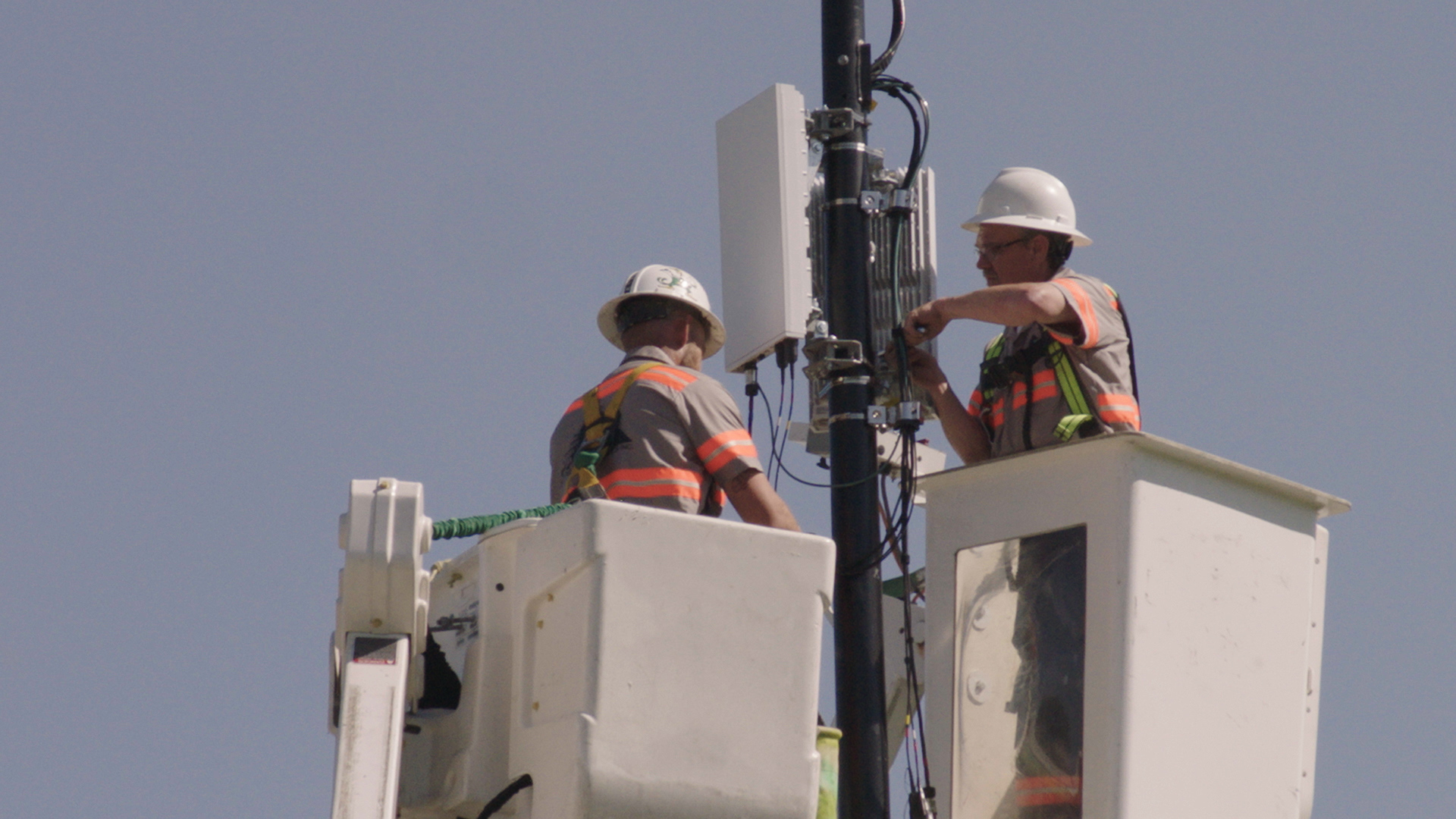
The Sprint 5G offering is live in nine locations, including Chicago, Houston, Los Angeles and New York. Instead of the Moto Z4, Sprint's phone line-up adds the OnePlus 7 and isn't offering the Samsung Galaxy Note 10 Plus 5G. It's also available as a home broadband service with the HTC 5G Hub as being used by EE.
Finally, T-Mobile's service is available in New York, Los Angeles, Las Vegas, Dallas, Cleveland and Atlanta on the Samsung Galaxy S10 5G.
The 5G routers and mobile devices that are already on sale connect to both the 4G and 5G networks. The 4G network is used to control 5G calls, while the 5G network will be used to bolster 4G speeds with the hope being that come 2020, full control can be moved onto the 5G networks and we’ll finally experience the possibilities of true 5G.
5G technology and UK mobile operators
EE was first, launching its EE 5G network at the end of May. Its initial focus is on connecting 5G-ready phones to this network in six UK cities but plans to launch a home broadband service later this year via a HTC 5G Hub. This Android-based hub features a Qualcomm Snapdragon X50 5G Modem.
The Three 5G offering took an alternative route, going live with a 5G router first and announcing plans to launch its mobile 5G offering later in the year. Using the Huawei 5G CPE Pro router, powered by the 5G Balong 5000 chipset and two lots of dual MIMO, sub-6 GHz antennas, the router promises speeds of up to 1.6GBps.
“5G is going to make home broadband simpler, faster, stronger,” explained Three. “When you get a 5G hub, you just plug in and you’ll get incredible speeds that’ll give traditional fibre and cable providers a run for their money.”
Vodafone 5G currently has the widest offering, launching its mobile service in seven cities at the start of July alongside its GigaCube home broadband router. The GigaCube uses the same router as Three – the Huawei 5G CPE Pro –so offers the same theoretical speeds, however, it will connect to Vodafone’s 5G spectrum instead of Three’s.

Victoria Woollaston is a freelance science and technology journalist with more than a decade’s experience writing for Wired UK, Alphr, Expert Reviews, TechRadar, Shortlist and the Sunday Times. She has a keen interest in next-generation technology and its potential to revolutionise how we live and work.

